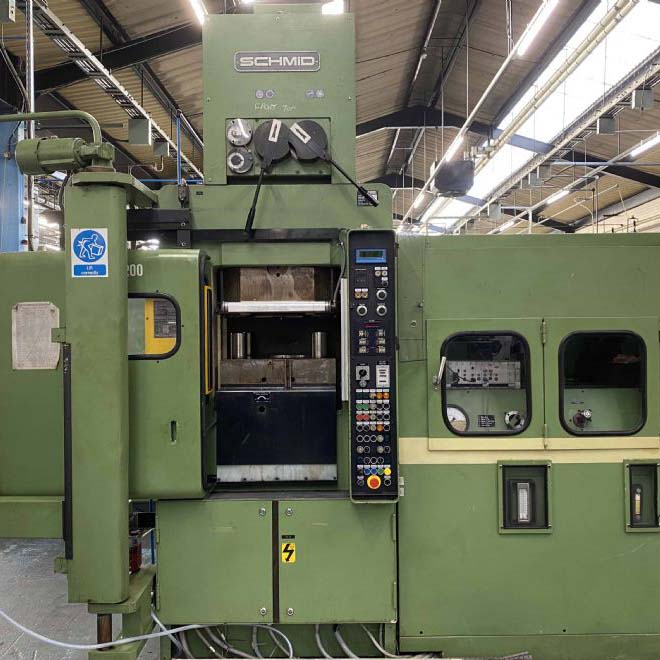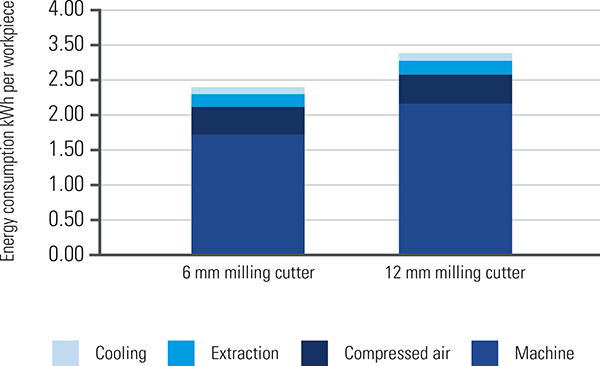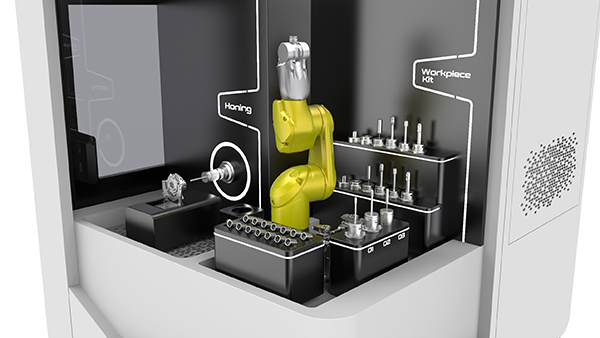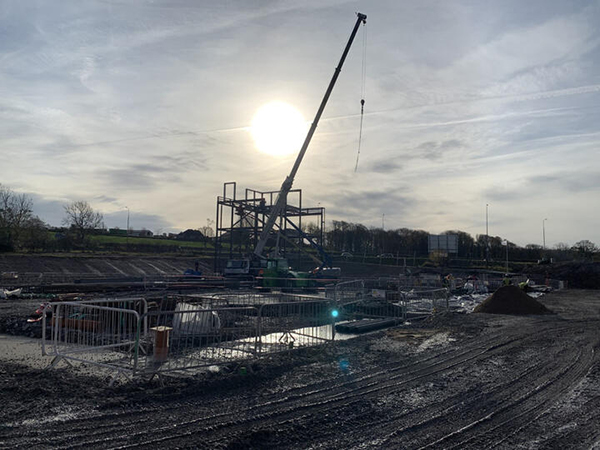
Walter Ewag UK, a member of the United Grinding Group, reports that energy savings of up to 40% are possible through the optimised operation of its Walter Helitronic tool grinding and erosion machines by, for instance, sensible warm-up and shutdown routines, the recovery of thermal energy and enhanced production via machine control software routines.
This figure also includes an 11% reduction in the machines’ energy consumption because Walter now uses more environmentally-friendly components in builds compared with those available 15 years ago. All measures and claims are independently assessed by experts from the German Steinbeis Sustainable Energy Competence Centre.
Walter’s awareness of climate protection begins with the design and construction of its machines – for example, by utilising modern drives and improved part loading, compressed air and extraction, as well as via the use of energy-saving LED lights and frequency-controlled coolant pumps.
This ethos continues through production by optimised machine operation. Some of the technology improvements include feed and spindle drives: the use of efficient synchronous motors and regenerative braking energy feedback into the power grid, including linear motors in the vertical axis and passive weight compensation. Another enhancement is coolant supply via a frequency-controlled pump. Here, high-efficiency motors (class IE4) and up to six individually switchable coolant valves serve to optimise coolant supply.
Further advances include the use of LED lights in all machines, including the status light, and centralised ‘impulse’ lubrication, where the lubricating oil pump runs only for a few seconds until lubricating pressure builds sufficiently. The pump then switches off until the next lubrication cycle. In addition, each machine’s vapour separator is equipped with potentiometer control and a free-running fan wheel, which allows optimal adjustment of the extraction volume.
For further information
www.walter-machines.com
























